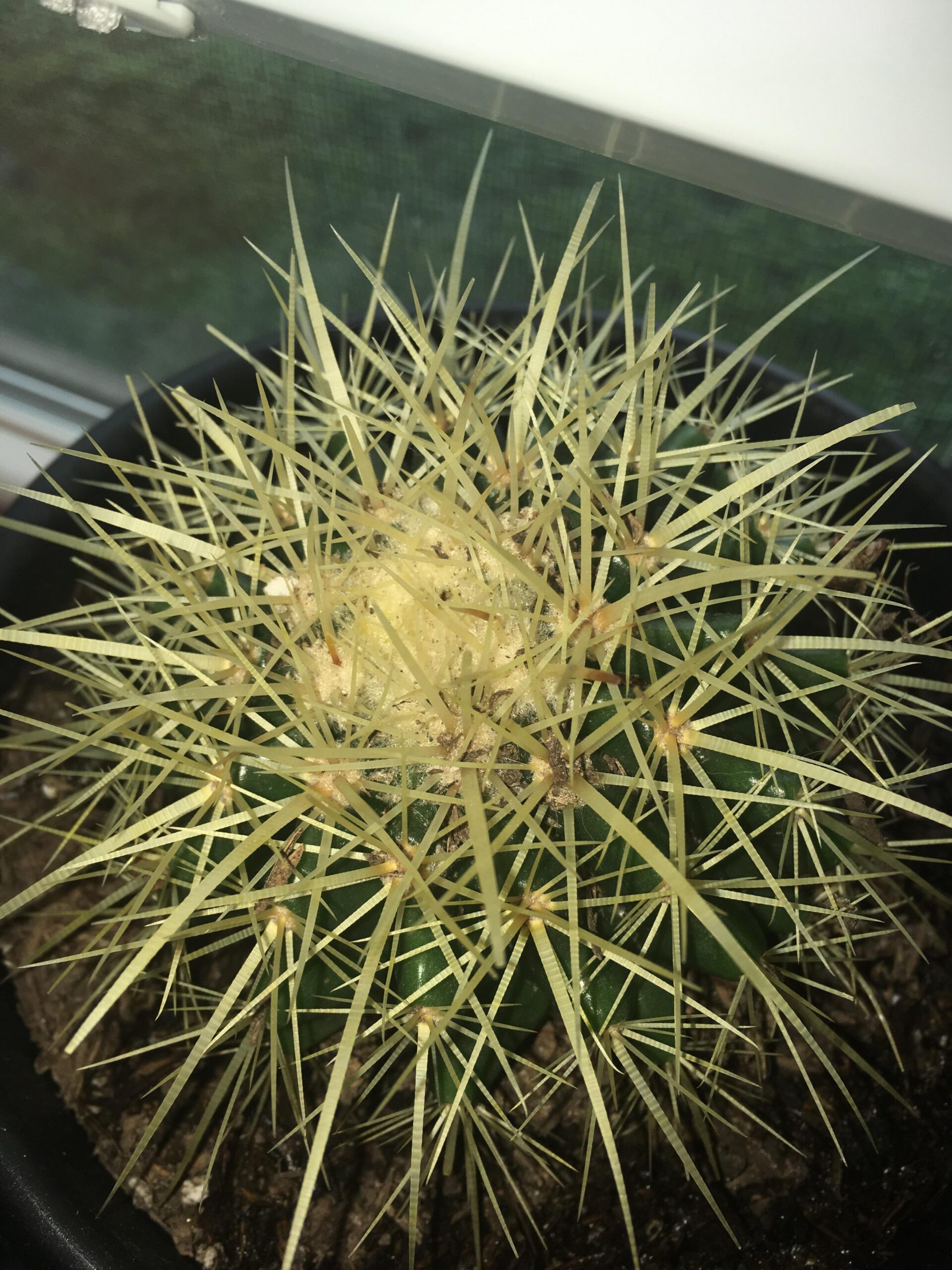Cacti have long been celebrated for their resilient nature and striking aesthetics. With their hardy appearance and varied shapes, they symbolize survival in harsh environments. However, even these champions of drought can succumb to a peculiar affliction characterized by a fluffy white coating. If you’ve noticed your beloved golden barrel cactus cloaked in this mysterious white fuzz, fear not! Understanding its nature is the first step towards restoration.
Delving into the depths of this phenomenon, we unravel the enigmatic white fuzz and the causes behind it. This substance, often mistaken for harmless lichen or charming cotton-like fibers, is typically indicative of a pest invasion or fungal disease.
The two primary suspects behind this fluffy disguise are mealybugs and fungus. Both pose significant threats to your cacti, but their treatments differ markedly. Understanding their behavior and the best strategies for control is crucial for successfully reclaiming your cactus from its burdensome cloak.
The Parasitic Intruder: Mealybugs
Mealybugs are the nefarious culprits behind the cottony white fuzz, appearing as small white masses that cling to the cactus with a tenacity that rivals the resilience of the plant itself. These sap-sucking pests feast on the plant’s vital fluids, leading to a spectrum of issues, including stunted growth, yellowing of the skin, and even a weakened immune response, making the cactus more susceptible to other opportunistic pathogens.
Identifying a mealybug infestation is essential in managing your cactus’s health. Look for the telltale signs: clusters of white, fluffy masses around the spines or joints of the cactus. If left untreated, mealybugs can proliferate, leading to a more severe infestation that can threaten the plant’s survival. To combat this pest, a comprehensive approach is required.
First, isolate the affected cactus to prevent the mealybugs from spreading to other plants. Next, employ a gentle dish soap solution as a means to dislodge these pests. A mixture of mild soap and water can be carefully sprayed onto the plant, allowing the soap’s surfactant properties to break down their protective coating. For significant infestations, a cotton swab dipped in alcohol can be an effective tool—simply dab each mealybug directly, ensuring it meets its swift demise.
Persistent cases may necessitate horticultural oils or insecticidal soaps, which penetrate the mealybug’s outer shell, rendering them vulnerable to dehydration. Regularly examine your cactus after treatment, as the life cycle of mealybugs can lead to reinfestation if not monitored diligently.
The Covert Assassin: Fungal Infections
While mealybugs are notorious for their sap-sucking antics, fungal infections can also manifest as a white fuzzy growth, often resulting from overwatering or poor air circulation. This type of fuzz may be powdery mildew or other fungal pathogens, which thrive in environments where moisture clings to their host for too long. Fungal infections, much like an unseen enemy, can quietly wreak havoc if left unaddressed, decimating not only the plant’s visual appeal but also its very health.
To diagnose a fungal infection, assess your watering practices and environmental conditions. If a cactus is perpetually damp due to excessive watering or lack of sunlight, it becomes an inviting host for fungi to flourish. Unlike mealybugs, which cling and persist, fungal spores disperse and can infect neighboring plants if not eradicated promptly.
Combatting a fungal infection requires a multi-pronged approach. Begin with improving air circulation around the cactus by providing adequate spacing between plants and pruning any overlapping branches. This allows for better airflow, which is crucial for drying out moisture that fosters fungal growth.
Additionally, strategically reducing watering frequency is paramount—let the cactus dry out thoroughly between drinks, allowing the soil’s moisture levels to stabilize. When dealing with established fungi, a fungicide may be necessary, applied as directed to mitigate the spread of spores while preserving the overall health of the plant.
The Road to Recovery: Preventative Strategies
Successful treatment is but one part of reclaiming your cactus’s majestic beauty. Preventative measures are equally essential to guard against future invasions of both mealybugs and fungal spores. Establish an appropriate care regimen that includes adequate light, moderate watering, and optimal drainage. Any deviations from these fundamentals render your cactus vulnerable.
Regular inspection of your plants for signs of pest or disease can catch issues before they escalate into full-blown crises. With vigilance and appropriate actions, ensure that your cactus can thrive unhindered. Remember, cacti embody a unique charm, a fusion of beauty and resiliency, yet even these robust figures require our nurturing touch to flourish.
In conclusion, while the appearance of white fuzz on your cactus may initially evoke distress, informed action can clarify the situation and lead to successful resolution. Whether a mealybug infestation or a slight fungal overgrowth, the response is rooted in understanding and attentiveness. With proper care, your golden barrel cactus can reclaim its rightful place as a stunning centerpiece, a testament to both its unique appeal and your dedication as a caretaker.





Leave a Comment